How to reduce the risk for grass staggers?
Grass staggers in cattle is a metabolic disorder caused by a shortage of magnesium in the cattle diet. It is also known as hypomagnesaemia or grass tetany. When turned out to fresh grass, cattle can also have problems with diarrhoea, as well a depression in milk butterfat percentage. This can be associated with a suboptimal balance of fatty acids, leading to rumen acidosis.
The question is “How to optimise dietary magnesium supply, sustain a healthy rumen pH, reduce the risk for grass staggers and maximize milk yield?”
Schonewille (2013) published an overview regarding magnesium requirements in dairy cow nutrition. The first conclusion is that the manure used to fertilise the soil may increase the risk on grass staggers, because it increases the levels of potassium (K) in grass. A high dietary potassium intake in ruminants inhibits magnesium absorption. Secondly, the source of magnesium is of crucial importance. The bioavailability to deliver soluble magnesium to ruminants varies tremendously. Schonewille et al. (2008) show in the Journal of Dairy Science that the average absorption of magnesium in dairy cows is on average 26.2%.
Cow signals of grass staggers:
- reduced milk yield and milk butterfat
- poor appetite, reduced intakes
- diarrhoea
- restless & nervous, e.g. hyperexcitability, ears pricked, eyes alert
- stressed, e.g. sensitive to noise, nostrils flaring, head held high, raised heart rate
- staggering & stiff movement, like walking on stilts
- aggressive behaviour
Dietary factors reducing magnesium digestibility in cattle:
- excessive sodium (Na) intake
- high potassium (K) levels from liberal use of fertilisers
- grazing from lush pastures increases the risk for rumen acidosis
- poor solubility magnesium source at physiological rumen pH
Grass staggers & magnesium absorption
Magnesium is a major intracellular cation (positive charge) involved in metabolic pathways. It is also vital to nerve and muscle function as well as bone formation. Most magnesium is found in bone, but this is not a readily available source as bone turnover is controlled by calcium rather than magnesium homeostasis. Blood magnesium concentration should be 0.75 – 1.0 mmol/litre and is maintained by absorption from the diet rather than from body reserves.
The publication of Schonewille (2013) shows that the adult ruminant absorbs magnesium from the rumen and reticulum, rather than the small intestine as in monogastrics. Magnesium absorption is dependent on the concentration of soluble magnesium in rumen fluid (see figure). There is a sodium dependant active transport system for magnesium absorption across the rumen wall, as well as passive absorption down the concentration gradient. But, a surplus of potassium in the rumen will decrease magnesium absorption.
Weiss (2004) concluded that lactating dairy cows have to consume an additional 18 g of magnesium per day for every 1 percentage unit increase in dietary potassium above 1%. This is to maintain the same intake of digestible magnesium as that consumed when fed a diet with 1% potassium. Hence, high potassium levels may cause grass staggers. Increasing sodium and/or potassium will cause a decrease in magnesium absorption from the gastro-intestinal tract. As a result, magnesium concentrations in the blood of cattle drops.
In summary: surplus potassium in adult ruminant diets must be corrected with a magnesium source being soluble at physiological rumen pH.
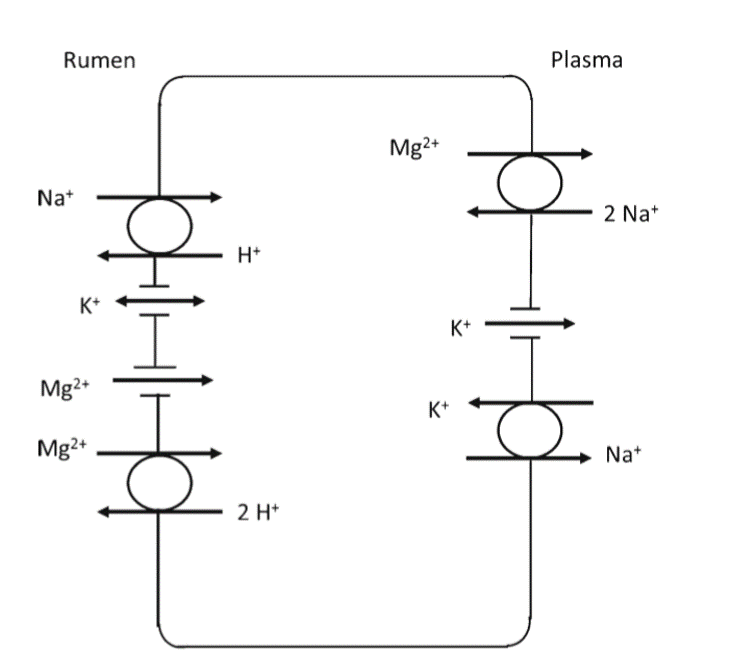
Magnesium absorption across the rumen epithelium (source: Schonewille 2013)
CalMin ProMin Acid Buf: rumen soluble magnesium to reduce the risk for grass staggers
Magnesium oxide (MgO) is commonly used to prevent magnesium deficiency, but the solubility of MgO varies greatly in practice. In Europe, levels of 20 – 30 g/head/day MgO are included in mineral supplements to lactating dairy cows to supply 10 – 15 g magnesium. However, Schonewille et al. (2008) demonstrated that over a range of studies that the average absorption of magnesium in dairy cows is 26.2%.
The magnesium requirement for a lactating animal has been calculated by the NRC 2001 as follows;
- Endogenous faecal losses – 3 mg per 100kg body weight
- Growth – 0.45 g per kg body weight
- Foetal requirements – 0.33 g per day
- Colostrum – 0.4 g per kg
- Milk – 0.15 g per kg
So, a mature, pregnant 600 kg cow producing 40 litres milk requires at least 8.2 g available magnesium per day. From this work, the NRC 2001 suggested a magnesium supply of 0.20 – 0.25% of the dry matter on the basis of 16.2% magnesium availability from feed ingredients. More recent data suggests an improvement in milk yield can be achieved by cows by increasing magnesium levels up to 0.28 – 0.35% of the dry matter, especially during the summer months.
Question is: “Do cattle need more MgO or a better rumen bioavailable source of magnesium?”
The average rumen retention time of a diet is around 9 hours. The Finnish research institute Alimetrics compared the rumen solubility of various commercial MgO sources to the efficacy of
After 4 hours, magnesium solubility in
Conclusion:
Video: magnesium solubility CalMin ProMin Acid Buf vs. MgO
CalMin ProMin Acid Buf reduces the risk for grass staggers in cattle
Irish research by O’Grady et al. (2008) has shown that the rumen pH can drop below 5.2 when cows are grazing. McBride (2007) has associated rumen acidosis with an increase in trans fatty acid production in the rumen and a reduction in milk butterfat percentage as a result.
A summer grazing experiment by the Scottish Agricultural College (2011) compared 60 g/head/day MgO against
Results from the University of Stellenbosch (2004) in dairy cows has shown that 80 – 100 gram
Cruywagen et al. (2015) published in the Journal of Dairy Science the effect of
Conclusion:
Video: CalMin ProMin Acid Buf enhances long term optimum pH in the rumen (Cruywagen et al. 2015)
Conclusions
When dairy cattle are turned out on spring pasture, the risk for grass staggers increases and milk butterfat gets under pressure. Cause could be the liberal use of soil fertilizer. This increases the level of potassium. Hence, the uptake of magnesium is surpressed.
When optimizing the cattle diet, a magnesium source that is soluble at the physiological rumen pH of 5.5 to 7.0 is needed.
- a bioavailable magnesium for the rumen
- replacement of MgO saving space in the diet
- reducing the risk for grass staggers
- long term pH optimization in the rumen
- driving milk yield and milk butterfat from lush grass
Related articles
 https://celticseaminerals.com/wp-content/uploads/2021/02/Transition-cow-Acid-Buf-CSM-800x600-1.png
600
800
Patricia
https://celticseaminerals.com/wp-content/uploads/2020/01/Celtic_13.png
Patricia2021-02-08 15:05:032023-03-02 13:35:35Transition Cow Management
https://celticseaminerals.com/wp-content/uploads/2021/02/Transition-cow-Acid-Buf-CSM-800x600-1.png
600
800
Patricia
https://celticseaminerals.com/wp-content/uploads/2020/01/Celtic_13.png
Patricia2021-02-08 15:05:032023-03-02 13:35:35Transition Cow Management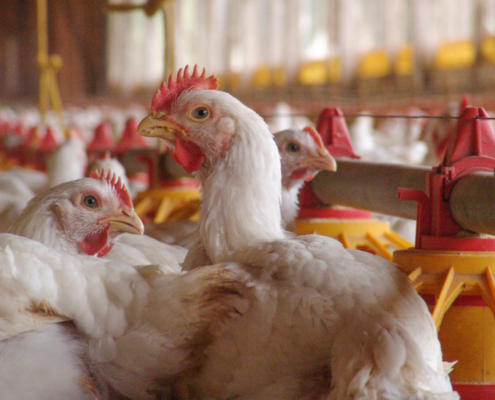 https://celticseaminerals.com/wp-content/uploads/2020/11/CSM-CeltiMin-layers-featured-image-webpage-800x600-1.png
600
800
Patricia
https://celticseaminerals.com/wp-content/uploads/2020/01/Celtic_13.png
Patricia2020-11-03 15:41:302023-03-02 13:36:21How to prevent eggshell quality problems?
https://celticseaminerals.com/wp-content/uploads/2020/11/CSM-CeltiMin-layers-featured-image-webpage-800x600-1.png
600
800
Patricia
https://celticseaminerals.com/wp-content/uploads/2020/01/Celtic_13.png
Patricia2020-11-03 15:41:302023-03-02 13:36:21How to prevent eggshell quality problems?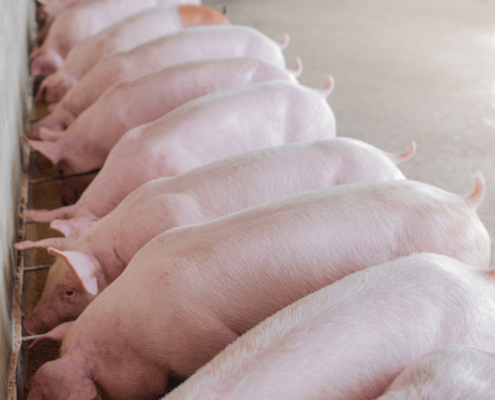 https://celticseaminerals.com/wp-content/uploads/2020/09/CSM-featured-image-gastric-pH-800x600px.png
600
800
Patricia
https://celticseaminerals.com/wp-content/uploads/2020/01/Celtic_13.png
Patricia2020-09-20 15:10:092023-03-02 13:36:48How gastric pH affects pig gut health
https://celticseaminerals.com/wp-content/uploads/2020/09/CSM-featured-image-gastric-pH-800x600px.png
600
800
Patricia
https://celticseaminerals.com/wp-content/uploads/2020/01/Celtic_13.png
Patricia2020-09-20 15:10:092023-03-02 13:36:48How gastric pH affects pig gut health https://celticseaminerals.com/wp-content/uploads/2020/07/CSM-featured-image-heat-stress-asia.png
600
800
Patricia
https://celticseaminerals.com/wp-content/uploads/2020/01/Celtic_13.png
Patricia2020-07-28 08:45:572023-03-02 13:38:15Heat stress in dairy cows
https://celticseaminerals.com/wp-content/uploads/2020/07/CSM-featured-image-heat-stress-asia.png
600
800
Patricia
https://celticseaminerals.com/wp-content/uploads/2020/01/Celtic_13.png
Patricia2020-07-28 08:45:572023-03-02 13:38:15Heat stress in dairy cows https://celticseaminerals.com/wp-content/uploads/2020/06/CSM-featured-image-feed-efficiency-800x600px.png
600
800
Patricia
https://celticseaminerals.com/wp-content/uploads/2020/01/Celtic_13.png
Patricia2020-06-30 12:28:302023-03-02 13:39:19Improving feed efficiency in dairy cows
https://celticseaminerals.com/wp-content/uploads/2020/06/CSM-featured-image-feed-efficiency-800x600px.png
600
800
Patricia
https://celticseaminerals.com/wp-content/uploads/2020/01/Celtic_13.png
Patricia2020-06-30 12:28:302023-03-02 13:39:19Improving feed efficiency in dairy cows https://celticseaminerals.com/wp-content/uploads/2020/06/CSM-featured-image-piglets-sleeping-800x600px.png
600
800
Patricia
https://celticseaminerals.com/wp-content/uploads/2020/01/Celtic_13.png
Patricia2020-06-23 15:33:152023-03-02 13:40:54How to reduce pig aggression?
https://celticseaminerals.com/wp-content/uploads/2020/06/CSM-featured-image-piglets-sleeping-800x600px.png
600
800
Patricia
https://celticseaminerals.com/wp-content/uploads/2020/01/Celtic_13.png
Patricia2020-06-23 15:33:152023-03-02 13:40:54How to reduce pig aggression? https://celticseaminerals.com/wp-content/uploads/2020/06/CSM-featured-image-beef-cattle-charolais-800x600px.png
600
800
Patricia
https://celticseaminerals.com/wp-content/uploads/2020/01/Celtic_13.png
Patricia2020-06-16 07:25:322023-03-02 13:41:17Fiber digestion drives beef cattle performance
https://celticseaminerals.com/wp-content/uploads/2020/06/CSM-featured-image-beef-cattle-charolais-800x600px.png
600
800
Patricia
https://celticseaminerals.com/wp-content/uploads/2020/01/Celtic_13.png
Patricia2020-06-16 07:25:322023-03-02 13:41:17Fiber digestion drives beef cattle performance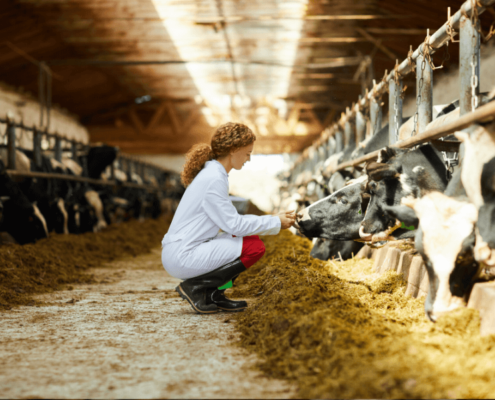 Celtic Sea Minerals
https://celticseaminerals.com/wp-content/uploads/2020/06/CSM-featured-image-dairy-cow-neville-800x600px.png
600
800
Patricia
https://celticseaminerals.com/wp-content/uploads/2020/01/Celtic_13.png
Patricia2020-06-01 20:53:282023-03-02 13:44:46How a rumen buffer drives dairy performance
Celtic Sea Minerals
https://celticseaminerals.com/wp-content/uploads/2020/06/CSM-featured-image-dairy-cow-neville-800x600px.png
600
800
Patricia
https://celticseaminerals.com/wp-content/uploads/2020/01/Celtic_13.png
Patricia2020-06-01 20:53:282023-03-02 13:44:46How a rumen buffer drives dairy performance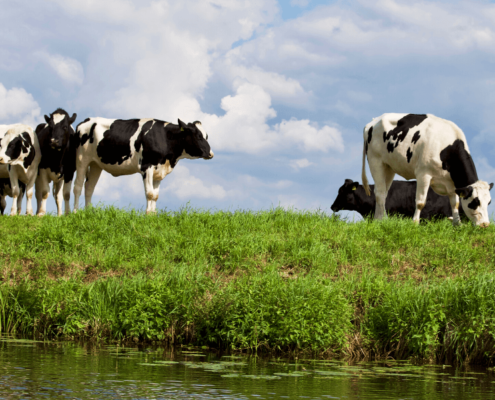 https://celticseaminerals.com/wp-content/uploads/2020/05/CSM-featured-image-holstein-cow-gras-800x600px.png
600
800
Patricia
https://celticseaminerals.com/wp-content/uploads/2020/01/Celtic_13.png
Patricia2020-05-24 21:54:212023-03-02 13:45:11How to reduce the risk for grass staggers?
https://celticseaminerals.com/wp-content/uploads/2020/05/CSM-featured-image-holstein-cow-gras-800x600px.png
600
800
Patricia
https://celticseaminerals.com/wp-content/uploads/2020/01/Celtic_13.png
Patricia2020-05-24 21:54:212023-03-02 13:45:11How to reduce the risk for grass staggers? https://celticseaminerals.com/wp-content/uploads/2020/05/CSM-featured-image-pig-nose-800x600px.png
600
800
Patricia
https://celticseaminerals.com/wp-content/uploads/2020/01/Celtic_13.png
Patricia2020-05-12 22:21:192023-03-02 13:46:30How to prevent gastric ulcers in pigs?
https://celticseaminerals.com/wp-content/uploads/2020/05/CSM-featured-image-pig-nose-800x600px.png
600
800
Patricia
https://celticseaminerals.com/wp-content/uploads/2020/01/Celtic_13.png
Patricia2020-05-12 22:21:192023-03-02 13:46:30How to prevent gastric ulcers in pigs? Celtic Sea Minerals
https://celticseaminerals.com/wp-content/uploads/2020/04/CSM-Iceland-Marine-Minerals.png
600
800
Patricia
https://celticseaminerals.com/wp-content/uploads/2020/01/Celtic_13.png
Patricia2020-04-20 07:15:212023-03-02 13:48:33Marine Minerals Nutrition Platform
Celtic Sea Minerals
https://celticseaminerals.com/wp-content/uploads/2020/04/CSM-Iceland-Marine-Minerals.png
600
800
Patricia
https://celticseaminerals.com/wp-content/uploads/2020/01/Celtic_13.png
Patricia2020-04-20 07:15:212023-03-02 13:48:33Marine Minerals Nutrition Platform Celtic Sea Minerals
https://celticseaminerals.com/wp-content/uploads/2020/04/CSM-dairy-cow-udder-milk-fat.png
600
800
Patricia
https://celticseaminerals.com/wp-content/uploads/2020/01/Celtic_13.png
Patricia2020-04-19 18:50:522023-03-02 13:47:30How to increase butterfat in dairy cows?
Celtic Sea Minerals
https://celticseaminerals.com/wp-content/uploads/2020/04/CSM-dairy-cow-udder-milk-fat.png
600
800
Patricia
https://celticseaminerals.com/wp-content/uploads/2020/01/Celtic_13.png
Patricia2020-04-19 18:50:522023-03-02 13:47:30How to increase butterfat in dairy cows?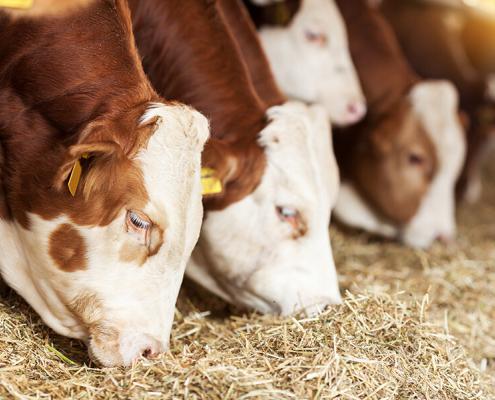 Celtic Sea Minerals
https://celticseaminerals.com/wp-content/uploads/2020/02/koe2.jpg
600
800
Patricia
https://celticseaminerals.com/wp-content/uploads/2020/01/Celtic_13.png
Patricia2020-02-14 21:43:062023-03-02 13:47:50How to prevent rumen acidosis?
Celtic Sea Minerals
https://celticseaminerals.com/wp-content/uploads/2020/02/koe2.jpg
600
800
Patricia
https://celticseaminerals.com/wp-content/uploads/2020/01/Celtic_13.png
Patricia2020-02-14 21:43:062023-03-02 13:47:50How to prevent rumen acidosis?You want to get powered by our science?

Strand Farm
Curraghbinny
Carrigaline
Co.Cork
P43 NN62, Ireland
T: +353 21 437 8377
E: info@celticseaminerals.com
Our marine minerals are fully compliant with the following globally recognised quality assurance schemes:



